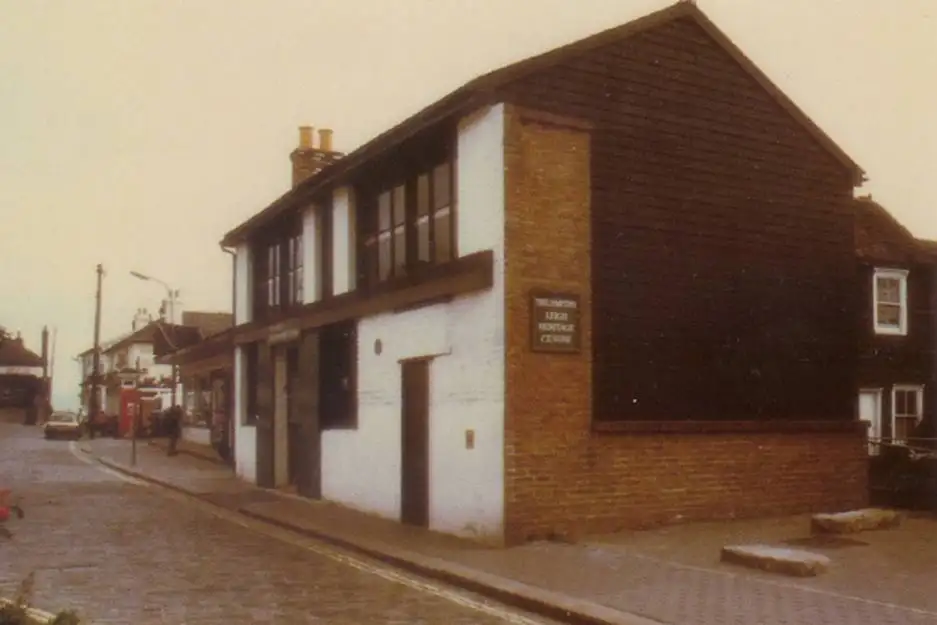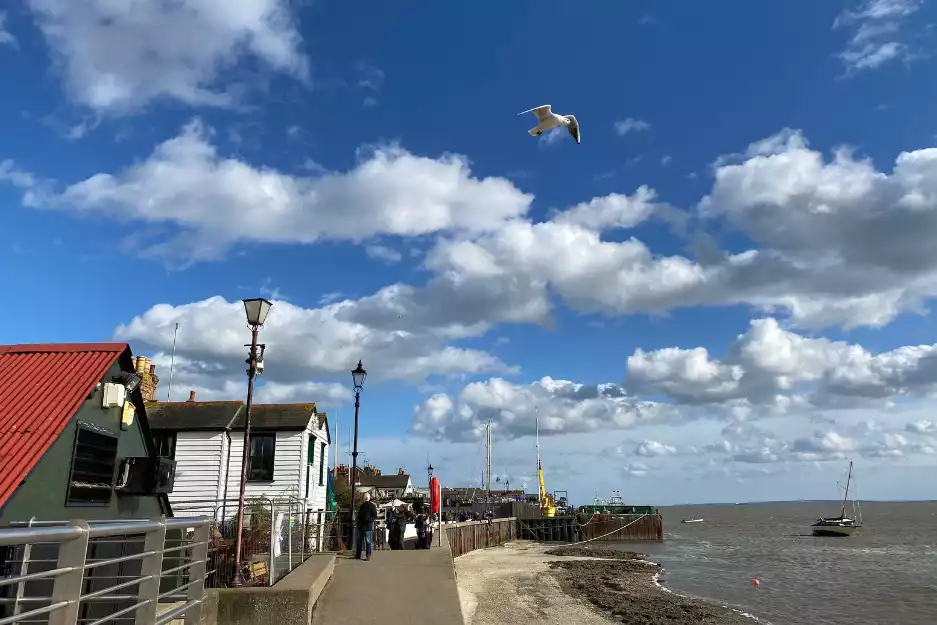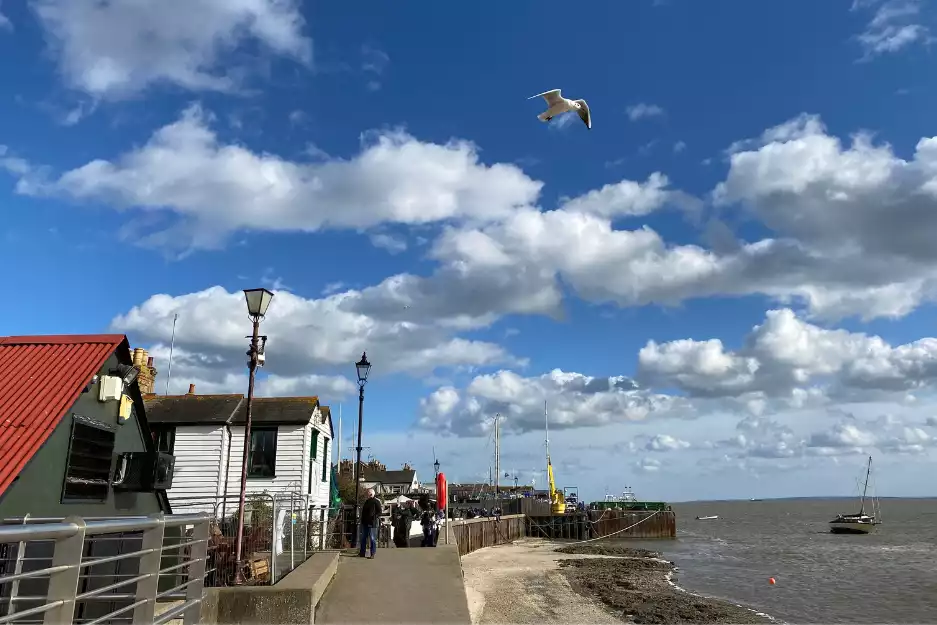-
AllAnytime Fitness Gym Art Beer Of The Week Blog Bus Fares Bus Service Business Business Expo C2C Care Care Home Charity Children Christmas Cinema City Status Cliffs Pavilion Cliffs Pavilion Review Cocktail Recipes College Community Competition Construction Coronation Coronavirus Dannielle Emery Design Easter Education Electoral changes Leigh on sea Emma Smith Employment Emsella Chair Environment Essex & Suffolk Water News Essex Police Essex Wildlife Trust News Events Family Fun Fashion Festival Film Finance Fitness Food Food & Drink Football Foulness Bike Ride Fresh Face Pillow Company Gardening General Election Hair & Beauty Halloween Harp Havens Havens Hospice Havens Hospices Havens Hospices Health & Fitness Health & Beauty Health & Fitness Healthwatch Southend Historicaleigh History Holidays Housing Indian Indirock Jubilee Karen Harvey Conran Kids Kids Blogs Kids Competitions Kids Reviews Lazydays Festival Legal Legal Eagle Leigh Art Trail Leigh Folk Festival Leigh Library Leigh On Sea Finds Leigh Road Leigh Town Council Leigh Town Council Press Release Leigh on Sea Leigh on Sea Sounds Leigh on sea Folk Festival Leigh on sea Marathon Leigh on sea Town Council Leigh on sea man breaks marathon record Leigh on sea news Lifestyle Livewell Southend Press Release LoS Shop London London Southend Airport Los Shop Marathon Melinda Giles Mortgage Angel blog Mortgages Motherofalloutings Mughal Dynasty Music My Mortgage Angel MyLoS NHS News News Newsletter Offers Outfit Of The Week Palace Theatre Parenting Parking Pets Picture Of The Week Pier Politics Press Release Press Release Southend City Council Professional Property Property Of The Week RSPCA Ray Morgan Re:loved Recipes Recycling Restaurant Restaurant Review Restaurants Review Roads Rotary Club Royal Hotel Royal Visit SAVS Schools Seafront Shopping Shows & Music Review Shows & Music Shows & Music Review Southend Southend Airport Southend Borough Council Press Release Southend City Bid News Southend City Council Southend City Council Press Release Southend City Council Press Release Southend Community Safety Southend Hospital News Southend In Sight Southend In Sight Southend In Sight Press Release Southend on Sea Sport The Mortgage Mum The One Love Project The Ship Hotel Theatre Theatre Blog Theatre Review Theatre review Transport Travel Travel Veolia Village Green Volunteer Weddings Whats On c2c
HistoricaLeigh: A Distressed Gentleman of Leigh

John Osborne (one of the many) of Leigh was born in 1774 and baptised at St Clements and, as with
the majority of Leigh men, his life was as a mariner and later a prosperous oyster merchant.
He married sometime around 1799 to Elizabeth Pinder in London in 1798 and the couple had 14
children between 1799 and 1819. Several of these died as infants.
In 1805, during the Napoleonic crisis, John served as a Sea Fencible (the naval home guard), but by
1826 things were not going well and his business failed. A Sale Catalogue of John Osborne's
Oyster Business reveals the extent of his losses and there are many press entries regarding the
bankruptcy of the business.
Jonas Asplin, local doctor and gentlemen, records in his diary for January 1826 that "all the oysters on
the shore are destroyed and Mr Osborne, a principle merchant, has failed at Leigh."
We know he had a connection to Kent as one of his bargemasters was Alexander Ritchie of Leigh,
who had been born in Chatham and worked for John Osborne trading along the Kent coast.
It is difficult to know what John did after the failure of his business as there are no further records
until the census began in 1841. It seems he may have been living in Kent and there is a
John Osborne of roughly the right age living in Gravesend and of independent means in 1841. There
is no other family with him at that point but his wife Elizabeth was still alive. She died in 1849 in
Northfleet.
In 1851, now truly on his own, John was living at 29 College, Northfleet. So what was ‘the College’?
It was Huggens College (which still exists today) founded by John Huggens for the purpose
of housing elderly ladies and gentlemen of distressed means. For John Huggens, the ‘doors of my
little charity’ opened on 29 April 1847 when the College houses took in his first 8 Collegians and he introduced them to one another as brothers and sisters. He told them they should live together in ‘such love and harmony as will make the sunny evening of your lives go down happily to that better home we are fast travelling to’.
John Huggens family were corn dealers owning a vessel called ‘The Phoenix’ in which they traded
round the Kent coast buying corn for the London market. John Osborne may very well have known
John personally – they were of an age and had similar connections to the water.
John Huggens followed the family business owning a number of barges. He was also a brickmaker
and became a wealthy man. Initially he intended to build some almshouses for his old bargemen for
their retirement, but during his business life he came in contact with people of all classes and he
became aware of a great need among the middle and educated classes for a place for them to spend
their declining years. So he decided to found a haven for aged gentlefolk to ‘run their little bark into
the smooth and tranquil waters of the summer evening of their life’.
Although John’s idea of almshouses for his employees was not taken up, he did not forget his old
bargemasters and they were given pensions and some of them lived in the vicinity of the College.
John died in 1865 and had a very elaborate funeral where 25 of his Collegians attended and were
provided with silk bands and scarves. John’s coffin was made of Essex oak which had purchased and
prepared 17 years before his death. So it seems John Osborne, after all his trials and tribulations,
ended his days very comfortably in Kent. He died in 1860 and is buried in Northfleet Parish Church.
None of his children seemed to have stayed in Leigh.
ADD A COMMENT
Note: If comment section is not showing please log in to Facebook in another browser tab and refresh.
























